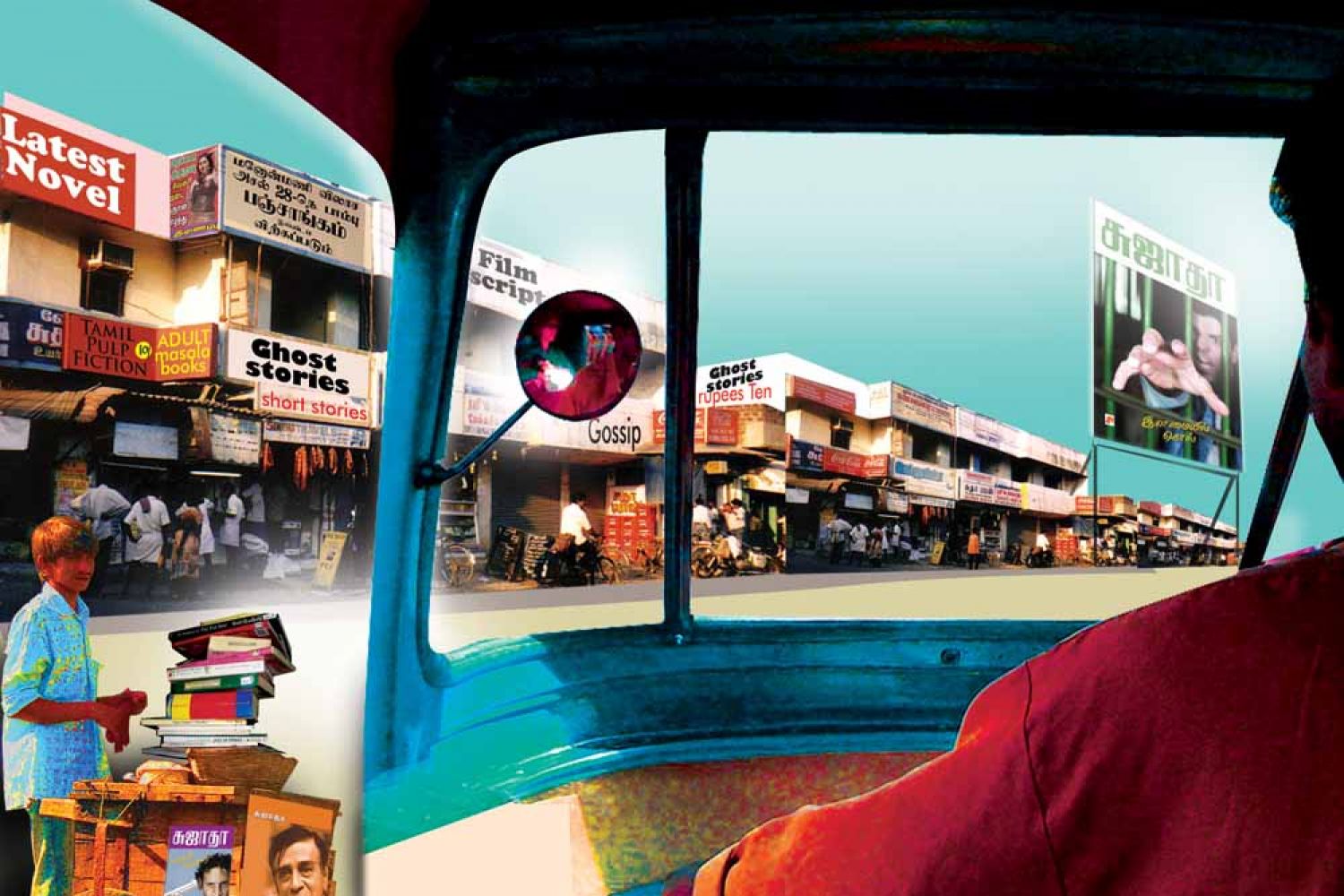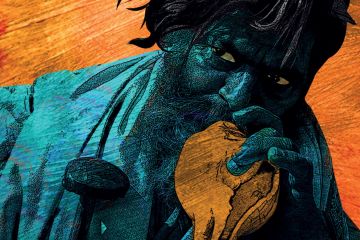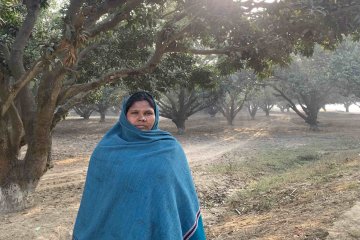
���Have you ever slept
by the roadside? As a youngster I often spread a mat on my street and lay on my
back.” That’s hard to believe when you see S Ramakrishnan at work in his
compact flat, updating his website while his wife fondly checks his literary
awards for imaginary specks of dust.
But the 45-year-old
writer from Virudhunagar is matter-of-fact about it. “I came to Chennai 25
years ago, and from the swankiest apartments to the most unimaginable living
conditions, I’ve seen





